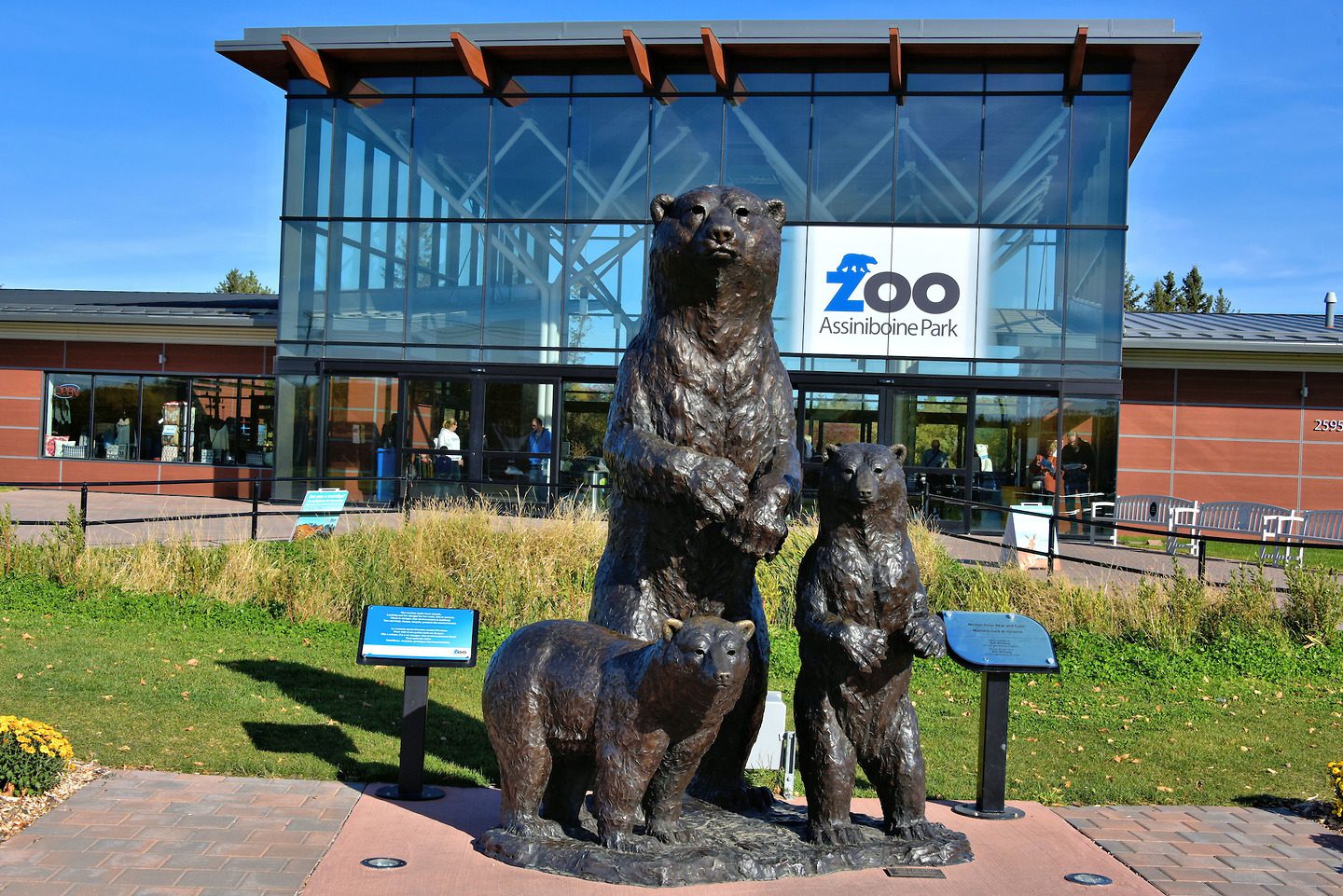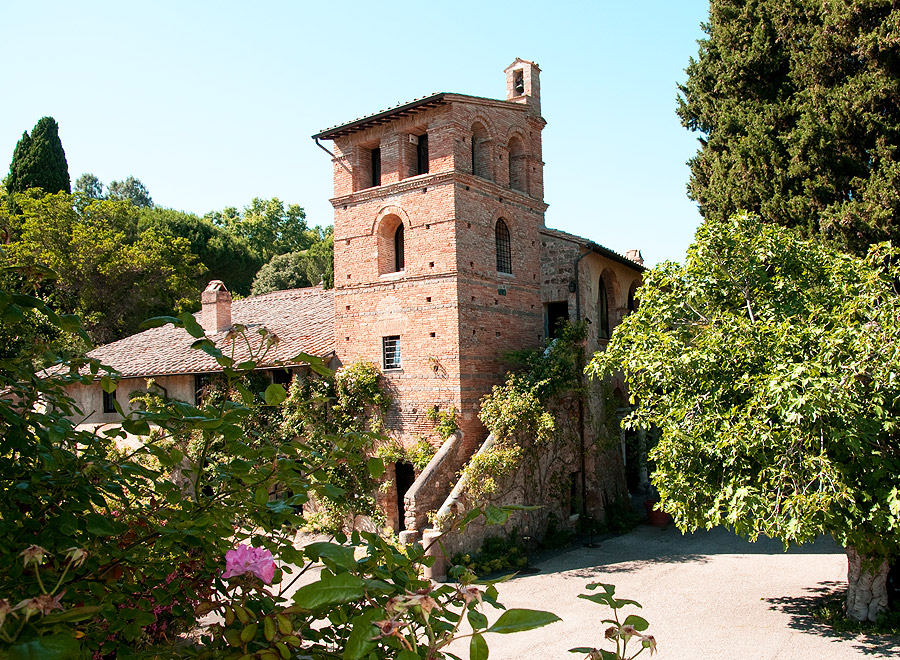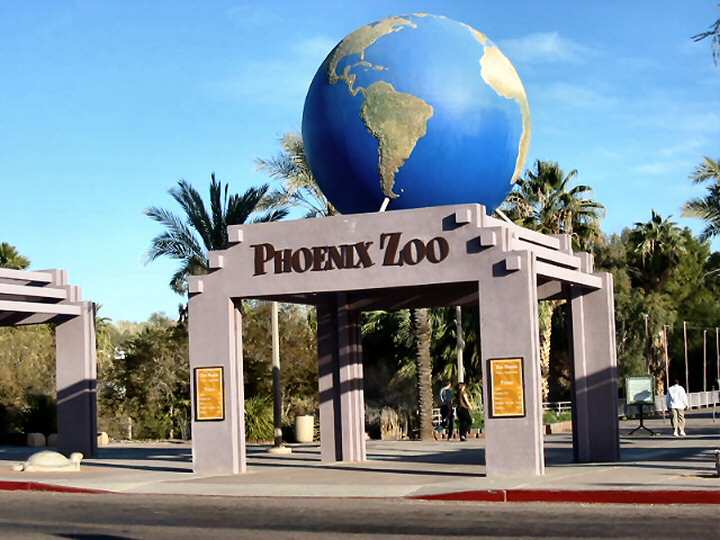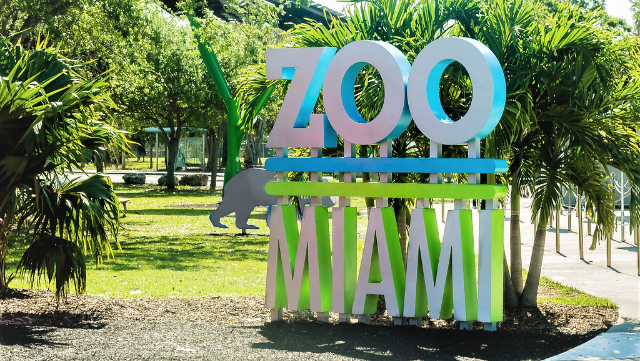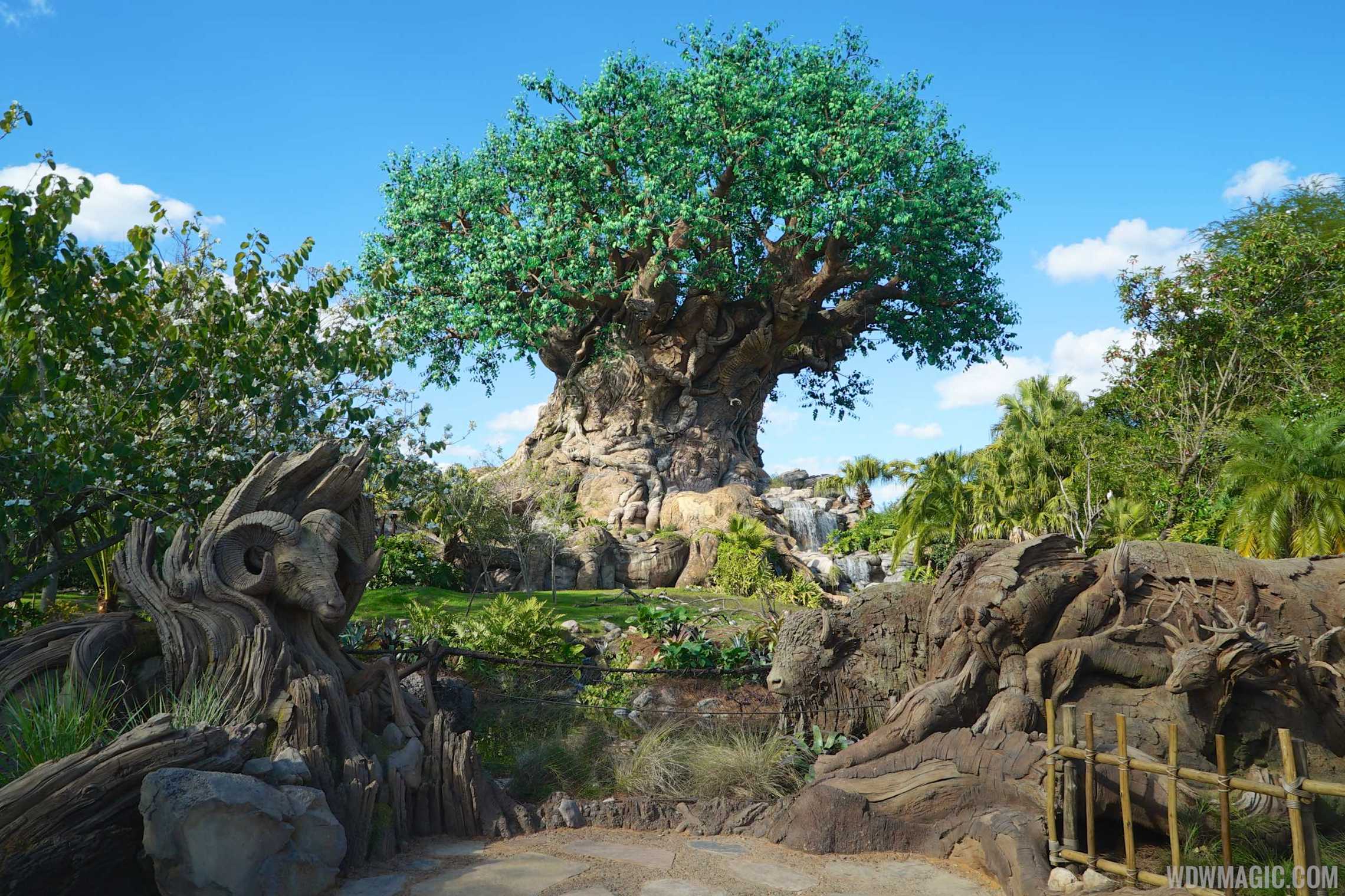Born of boosterism and reform movements that swept rapidly-growing Prairie cities during the late 19th and early 20th centuries, Winnipeg’s Assiniboine Park and Zoo represents a defining episode in urban park development. Established in 1904, this rare surviving example of a combined park and zoo has been maintained with pride for over a century, successfully adapting to the changing needs of the citizens of Winnipeg. The park’s zoo, the oldest remaining zoo in Canada, speaks to the changing relationship between humans and animals, demonstrating how western societies organized, experienced, and understood the natural world during the 20th century. Connecting city dwellers with nature, the park’s expansive green spaces, gardens, and zoo demonstrate an evolving recognition of the importance of conservation.
With Winnipeg’s aspirations as a growing prairie metropolis and the gateway to the Canadian West, the city established an innovative park planning policy that viewed a system of urban parks as an essential service for citizens. Park planners had dual goals of building an attractive city for investors while improving the quality of life in the overcrowded urban core, and established Assiniboine Park as the largest park in a system of recreational areas and treed boulevards. The Parks Board employed the American-born landscape architect Frederick G. Todd to design the park. A former apprentice of Frederick Law Olmstead, the renowned architect of Central Park in New York City and Mount Royal in Montréal, Quebec, Todd had great influence on urban landscapes in Canada, designing gardens, parks, and neighbourhoods across the country. Assiniboine Park and Zoo opened to the public on Victoria Day, 1909.
